Herbs are an excellent addition to our recipes. It adds extra flavor and is not difficult to grow. We’ll learn how to plant, grow, and cook with natural herbs here.
Herbs are simple to grow. You can start with only a few pots, and it won’t take up much room in your home. Herbs attract bees and butterflies, which are essential for a garden’s growth.
The majority of herbs are used in both culinary and medical uses. Fresh herbs are aromatic, and cooking with them will fill your home with a beautiful aroma!
Let’s dig into more about them!
What are Cooking Herbs?
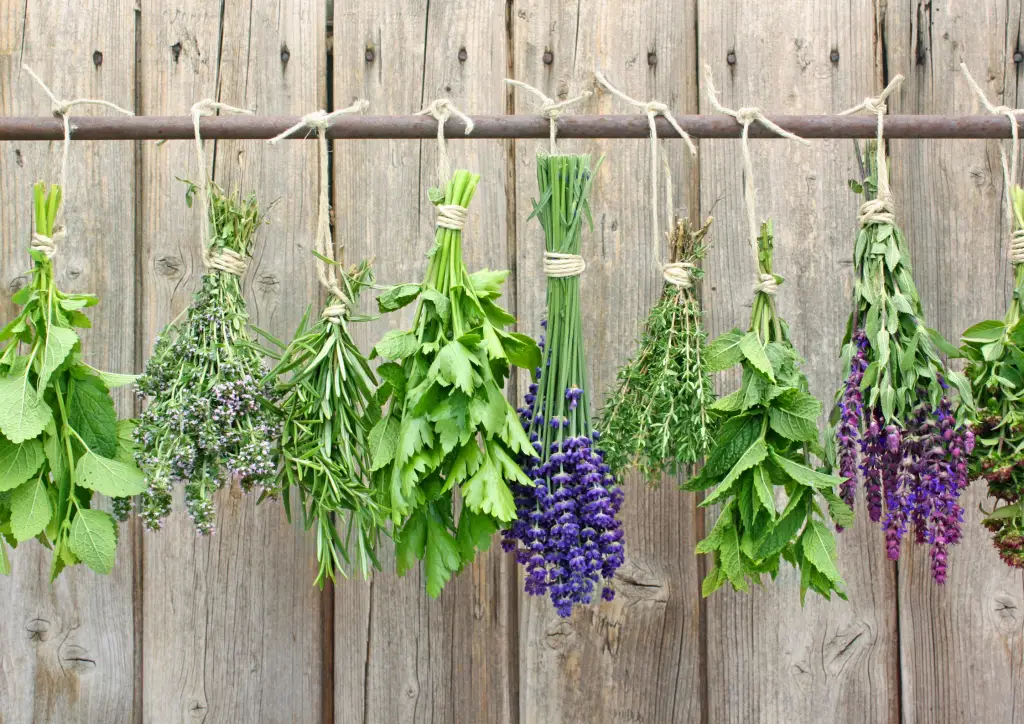
Herbs come in a variety of kinds. But we’re talking about herbs for cooking. What are cooking herbs?
Culinary herbs are edible plants that can be used fresh or dried to season and flavor dishes. Herbs are also referred to as spices. Is there, however, a difference between them? Spices, according to Jekka’s Guide to Culinary Herbs, are dried plant parts that are often of tropical origin. They’re typically used to flavor, color, and preserve food. Therefore, herbs are quite versatile and can be used as a spice, a vegetable, or just a culinary herb.
The Benefits of Cooking Herbs

Adding herbs to our recipes has some benefits. One of the benefits of cooking herbs is that they bring flavor and aroma to our dishes. It has been stated numerous times throughout this article. Herbs can be grown in your own home and used in everyday meals. How handy it is to simply reach into your jar of dried leaves or pick fresh herbs from your pots. Cooking with culinary herbs is a simple way to increase taste in your cuisine or elevate a simple meal to a whole new level.
Herbs also have health benefits in addition to flavor and aroma. Herbs come in a variety of different kinds, each with its own set of health benefits. Consider the herb rosemary. Rosemary has been shown in studies to reduce inflammation, balance your digestion, and improve your mood. Growing herbs has health benefits for your local wildlife and ecosystem. For pollinators, flowering herbs are a favorite.
How to Plant Herbs?
Planting herbs is easy. Here, we will talk about the step-by-step process to plant herbs in your own home.
- Get some pots
The first thing you must do is get some pots. Pots come in a variety of materials. You can have clay, wood, resin, metal, or plastic. The most important thing is that your herbs have enough drainage for excess water. Root rot will develop if you do not provide adequate drainage for your plants.
Choose a container that is the same size as the herbs you’ll be growing. If you pick anything too big, your plants will use too much energy growing their roots.
- Choose herbs that you want to plant
There are many different types of herbs, as we’ve already mentioned. If you’re new to gardening, we recommend starting simple. Parsley, mint, and basil are all great pot plants. They all grow quickly and don’t mind being harvested regularly. We’ll be talking later in this article about the best herbs to plant.

- Use starter plants, forget the seeds
We recommend using starter plants if you are new to gardening. To cultivate a seed, you’ll need a lot of knowledge and effort. Purchasing a starter plant will save you two to three weeks of growing time and boost your chances of harvest success.
- Choose a right soil
Choosing the right soil can also help you harvest more successfully. We advise you to use potting soil rather than gardening soil. Water is better drained with potting soil.
- Take care of your plant and harvest
Herbs require constant, consistent attention to thrive. That means you’ll have to water them on a regular basis. You’ll have to harvest them frequently as well, as this prepares them for new growth.
How to Grow Cooking Herbs?
As what we have mentioned, your herbs need caring to grow them and have a successful harvest. Whatever herbs you are planting, it is important to do a little more research on how you can grow and thrive them.
Here are some tips that can help you and give you an idea to grow cooking herbs.
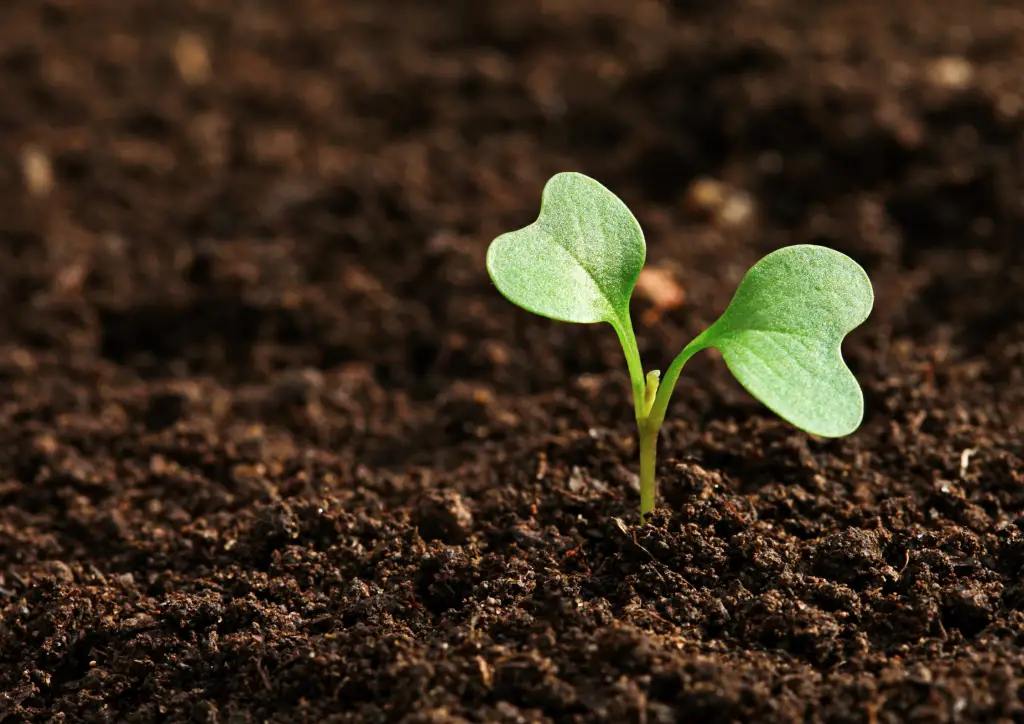
Soil
It is suggested that you use potting soil. Herbs flourish in soil that drains water well. Use a basic potting soil that has been treated with old compost or worm castings.
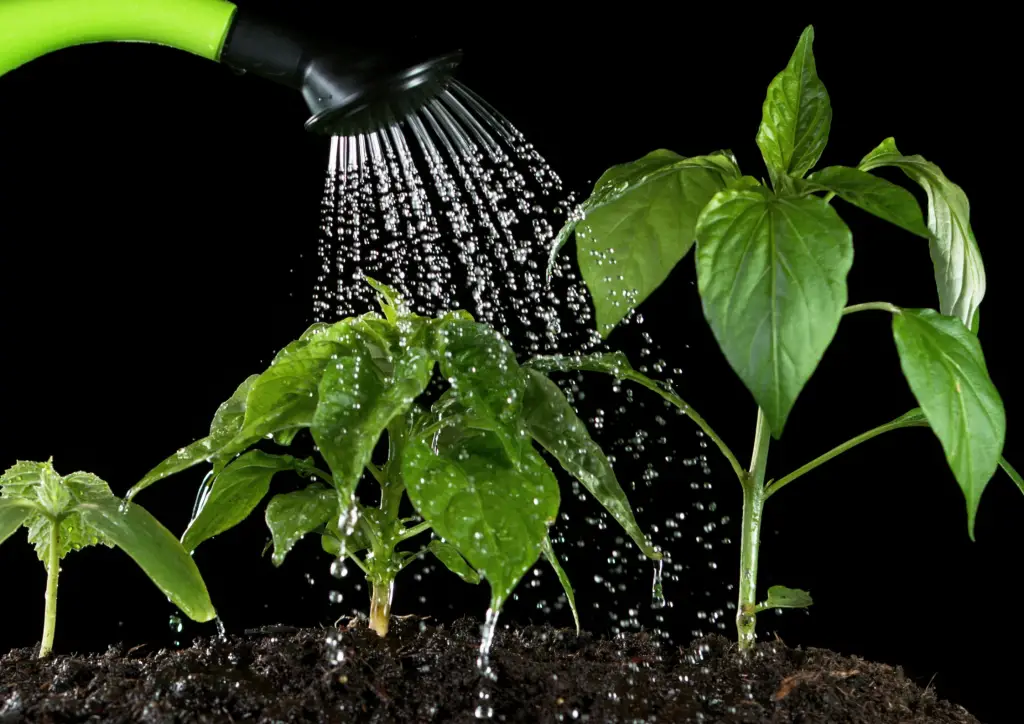
Water
This is likely the one “care” category where herbs differ the most. Some culinary herbs are drought-tolerant, so they’ll be fine if the soil dries up between waterings. Others would rather be kept wet at all times. However, aim for moist to semi-dry soil.
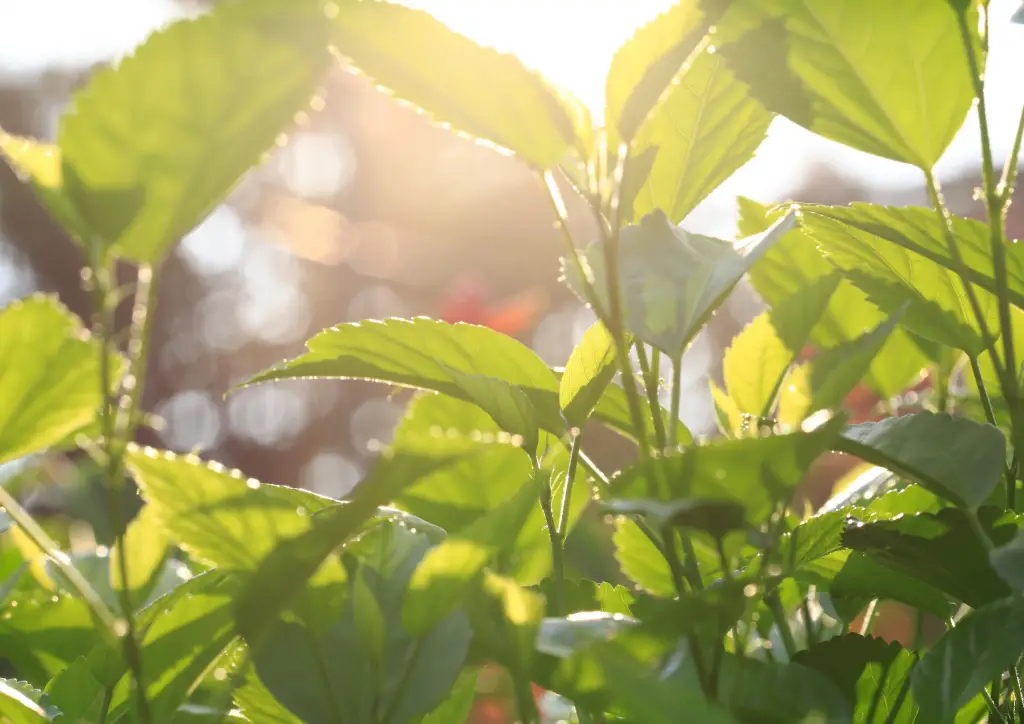
Sunlight
The majority of cooking herbs prefer to thrive in direct sunlight. Many herbs will thrive if they are given at least 4 to 5 hours of direct sunlight. It’s best to get 7 to 8 hours of sun per day.
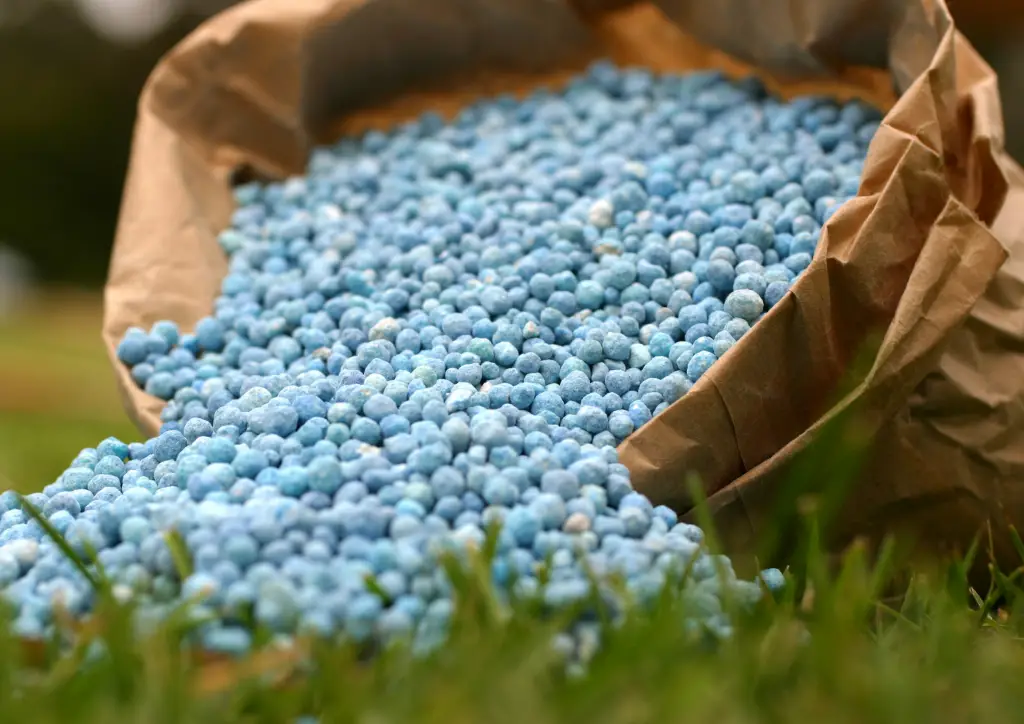
Fertilizer
Fertilizer isn’t necessary for shorter-lived annual herbs, especially if they’re planted in rich soil. Fertilizer is rarely needed for herbs such as sage, rosemary, oregano, and thyme. If you’re growing herbs in a container, they’ll love some fertilizer every now and then.
The 6 Best Cooking Herbs to Grow
If you’re not sure what herbs to grow first, we have a few suggestions for you. Of course, it’s still important that you plant herbs that you enjoy using in your recipes.
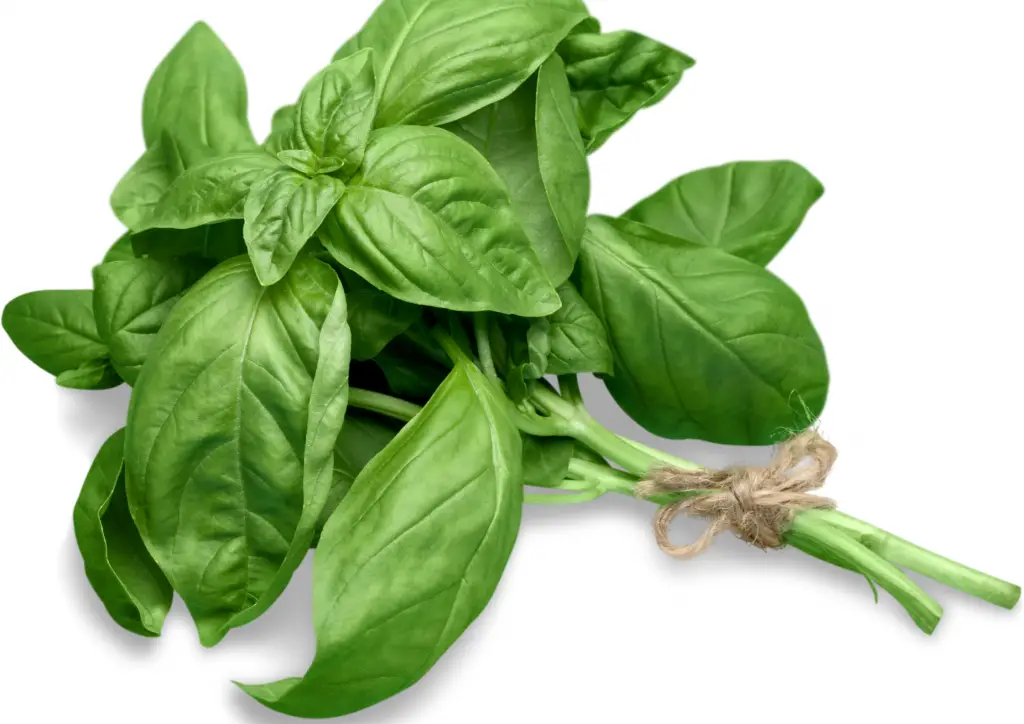
Basil
It belongs to the mint family and is a traditional Italian herb. Basil is best grown throughout the summertime. This aromatic plant can also be used in teas, recipes, and supplements, and it may have a variety of health benefits.
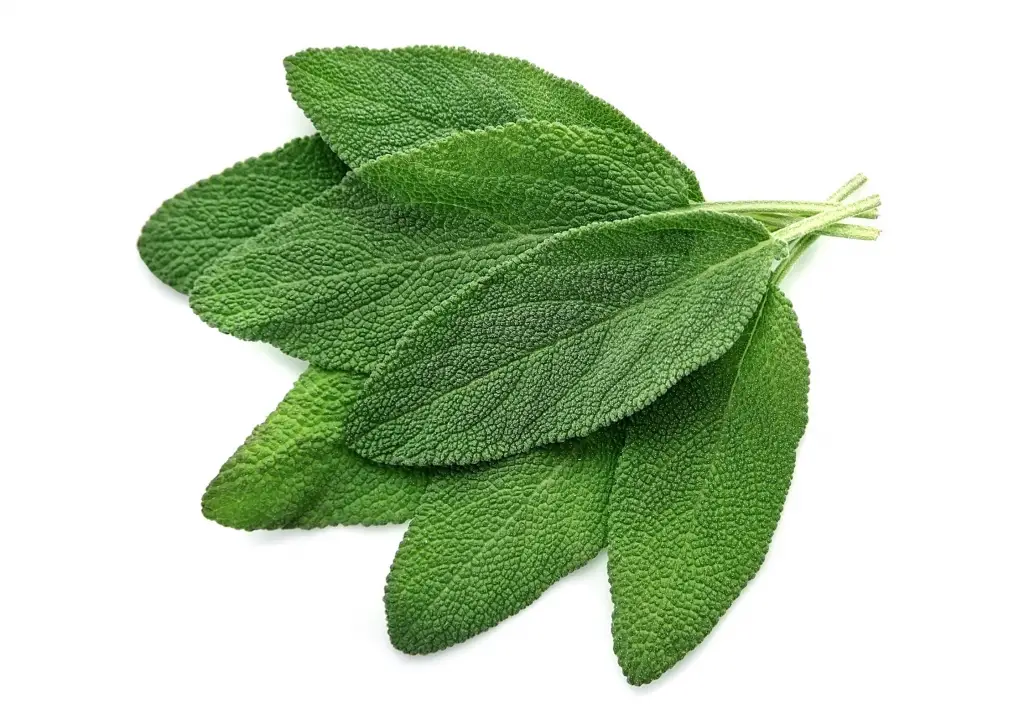
Sage
Sage is an evergreen perennial shrub that can withstand dryness. It’s a delicious culinary herb that goes well with meat and beans. Earthy, piney, and somewhat astringent is the flavor it gives.
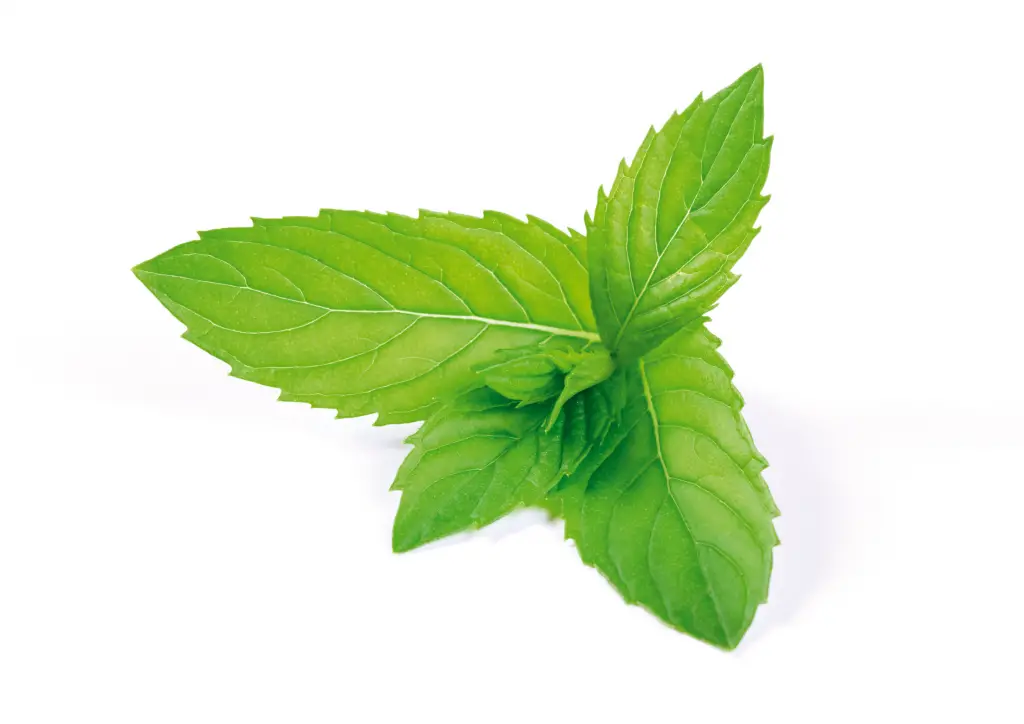
Peppermint
Peppermint is a flavor that everyone is familiar with. It is often used to flavor a variety of products, including toothpaste. Peppermint has a sweetish odor and a spicy, warming flavor with a cooling aftertaste.

Rosemary
Rosemary is a Mediterranean evergreen perennial that can also withstand dryness. It is like pine, lemon, and pepper in flavors and smell. It’s high in antioxidants and anti-inflammatory components.
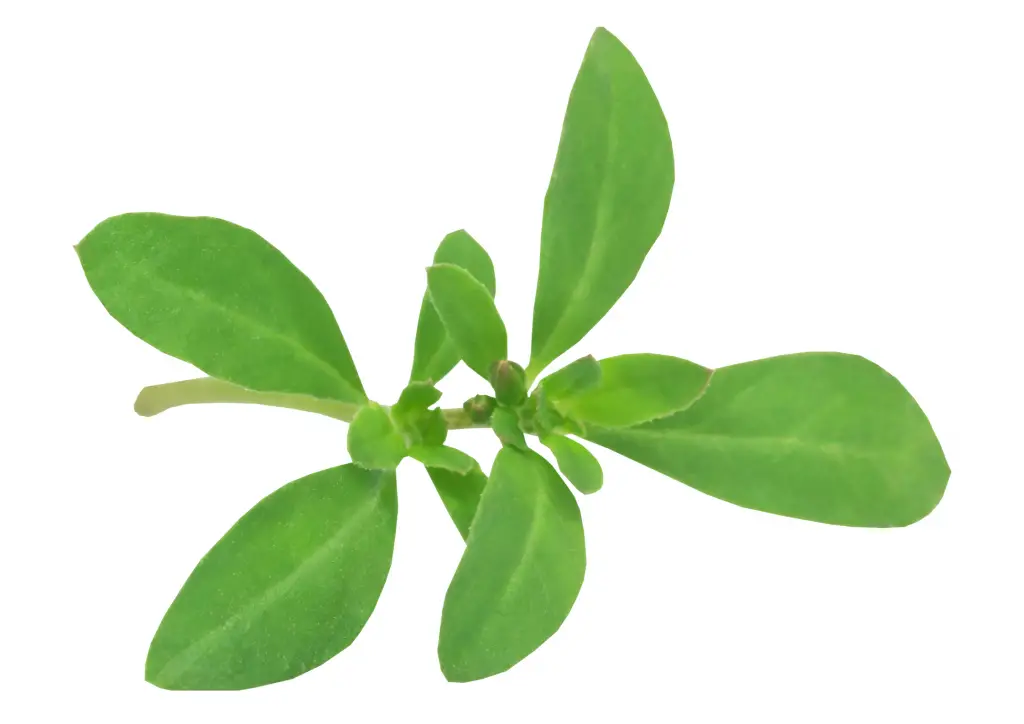
Thyme
Thyme is a Mediterranean herb that can be used in cooking, medicine, and as an ornamental plant. It has a flavor that is earthy, minty, and slightly lemony. Thyme can be used in a variety of dishes, including sauces, marinades, soups, eggs, baked products, and more.
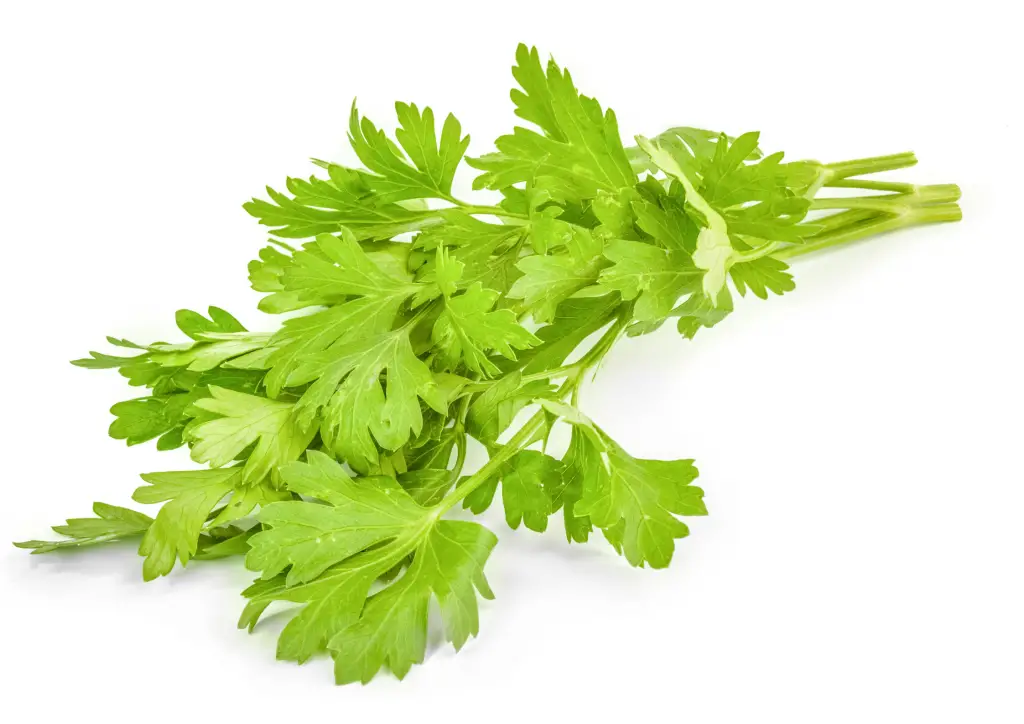
Parsley
We have heard of this herb a lot of times too. It is commonly used as garnishes. It has a touch of bitterness to it that improves a dish’s flavor. It’s preferable to use it fresh because the flavor diminishes when cooked.
People Also Ask
Do herbs require full sunlight?
Most herbs need at least six hours of sun a day when they are outside. When it’s winter, there is a lot less light inside. So make sure you have a south-facing window or other sunny location to put your herbs in.
Are bugs attracted to herbs?
Yes, bugs like mites, aphids, whiteflies, and beetles also like herb gardens, and if you don’t take care of them, they will enjoy eating all your wonderful herbs. To kill bugs in your garden, you use garden spray or set up traps.
Can I plant all of my herbs in the same pot?
It would be best to grow the same kinds of herbs in the same pot, as long as each plant gets the same amount of light, water, and nutrients.
Conclusion
Herbs can be grown and planted in your own house, which can be helpful to you and your family. It’s not only a terrific way to get fresh herbs every day, but it’s also a fun way to spend the time during the quarantine period.
The herbs you choose to plant will always be based on your personal preferences. Herbs come in a variety of types, each with its own set of benefits. All you have to do is do some research into it.
It’s also crucial to keep your herbs well-watered and expose them to enough sunlight. It is their source of nutrition, allowing them to grow. I love garnishing my foods with herbs, especially my Chicken and Dumplings!
So, which herbs do you prefer to use in your cooking? Please let me know in the comments section.


